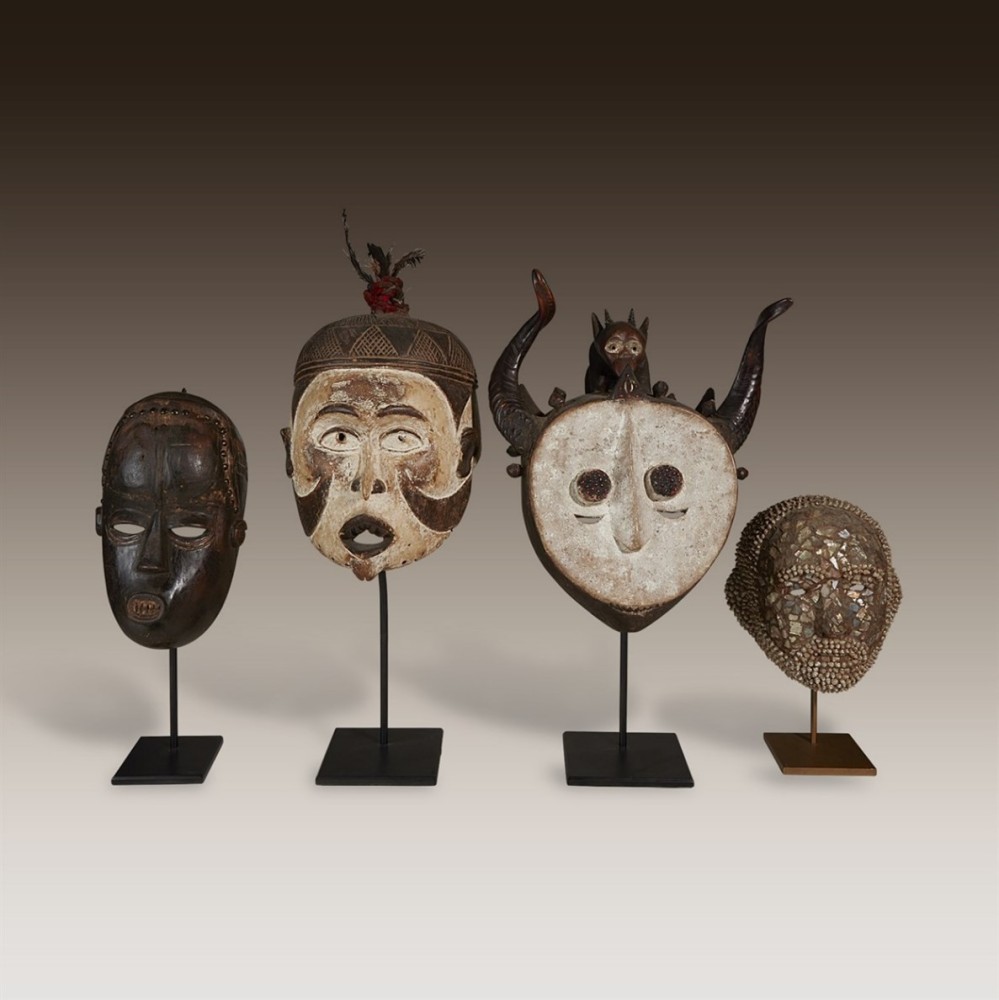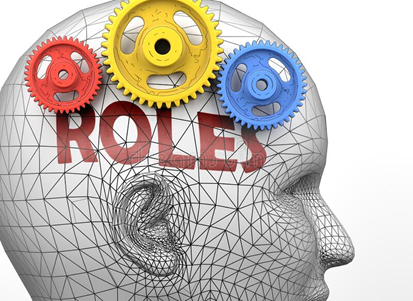
And now, what is my role? (Roles: part 1)
In an article that I wrote a few weeks ago (summer already gone…sob!) I told You about the Social Identity Theory (SIT) which is based on organizational identity: the identity of/in the organization that allows us to recognize ourselves in the (social) context of our organization and our team. According to this scientific theory, people tend to classify themselves and others on the basis of social categorizations (for example, membership in a group, church, gender, demographic, and so on) and in so doing one finds the positioning of his self in his relational and social world; in a certain sense, these categorizations help to better characterize our personal identity and our social identity and in fact, precisely because of this theoretical vision, an individual tends to define himself and to characterize his uniqueness also in relation to his belonging to groups and community.
I am particularly struck by the weight that this way of understanding organizations assigns to the concept of role. In general, we seem to have in mind what role we play, or do not play, in our social life and we identify clearly some of them: at work, with friends, in the family…. In reality, we ‘interpret’ many of them in our social and organizational view, to the point that we can speak of micro-roles. We move from one to the other without realizing it and sometimes we do it with simplicity, other times with difficulties. Often, we struggle in carrying out a task because we do not understand what ‘role’ we should play in the ongoing action, or because in a relational exchange we are interpreting/using a dissonant one.
I push on this aspect and we have often talked about it with Paolo Chinetti, because the SIT explains to us that our social identity is not important only because it leads us to internalize the values and beliefs of the organizations to which we feel we belong, but reifies and translates them in symbols that have to do with the places, the rites, the rhythms, the relationships that we associate with our role in the organization. As said, an individual also defines himself through the social groups to which he belongs – and of course, through the role he plays in them. It is an even more important aspect when it comes to teams: teams make up and break up, are split or clustered into organizations and it is important that the ‘organizational’ roles of corporate life do not collide or are in complete misalignment with the roles of the team play: these are relationships that must be designed.
In a beautiful article, ‘All in a day’s work‘ by Blake Ashforth, the theme of coexistence and the transition between micro-roles across borders and rites of passage is explored in a fascinating way.
The more the society is structured, the more the organizations become complex and the greater the number of roles we have to cover (just not to say interpret …), even during the course of a single day. And therefore more and more frequent are the transitions from one to the other that we have to face and manage, most of the time unconsciously; we can classify them into three main types: (a) work-work (relationship with the boss, relationship with colleagues, relationship with suppliers or customers, etc.), (b) work-home (with children at school, at work, again at home in the evening, with their parents, etc.), (c) work/home-other organization (from work to the sports association, to the church, to the condominium meeting, etc.). The boundary between one role and another is partly determined by the social organization and partly by us. We reify and symbolize the context in which we play the role, and therefore it is us who create the rites of passage. The boundaries between one role and another can be more flexible – and therefore roles tend to overlap (from functional work to teamwork) with the difficulty that one detaches more slowly and less consciously from a role – or they can be more rigid (e.g. office work): without these boundaries it would be total stress. Sometimes they are such rigid boundaries – that is we are so deeply identified with the current role – that, classic example, we find ourselves in the family to interpret the role of work …
This is one reason why remote working is so overwhelming (and we have not yet finished realizing it): in fact, it destroys all the symbols and rites of passage of the presence in the office. A very current example: at home, with the children in the day when the school is closed. A mum or a dad are at work at the table, maybe in the living room, how long do you think they last? Here, in this case, is the office, a closed door, a dedicated environment: these are all elements that create a boundary, protect the role and make the transition from being a worker to that of a parent for example more stable. Or, again at home but without spaces for relationships, secretary barriers, lunch breaks in the canteen: the roles become unbalanced, the boundaries are blurred, perhaps this is where the awareness that pushes towards quiet quitting or great resignation arises … sort of giving up with schemes and patterns that come from the segmentation and structuring of roles and the savoring of a new opportunity for social interaction.
Let’s go back to the teams. So what?
In our book #ilteamgiusto, with Paolo, we tressed the issues of transactional memory, learning and knowledge management as vehicles for bringing out optimal work management processes by emergence. But of course also the roles that the team members play should be clear, and should be – where it is decided that they are interchangeable – clearly identified by very evident and well shared boundaries and rites of passage. If you create ‘role change’ routines, the integration between teammates becomes fluid and satisfying. In team games like football, the problem is solved with a number on the shirt: the number corresponds to a role, the wearer enters it and the others know it (and follow him)!

Moreover, it is equally important to find moments in which the team ‘undresses’ its roles and, with a rite of passage (a beer, a dinner, a trip), and where it becomes something else: for example a group of travel companions enjoying a break. These opportunities give us the chance to review our relationships in a different ‘key’ and increase awareness of teamwork processes.
And again, when the team is created or dissolves, it is important to be aware of the role in which one enters or the one from which one leaves, crossing the ‘border’ that divides them, so as to easily lead back into the relational expectations of the our organization.
And many other examples and distinctions could still be made.
There is more that I want to tell you, especially because we are witnessing another very fast and triggering transformation: the duration and alternation of tasks as remote working is pushing for.
In the meantime, tell me what you think of what I wrote for you!


